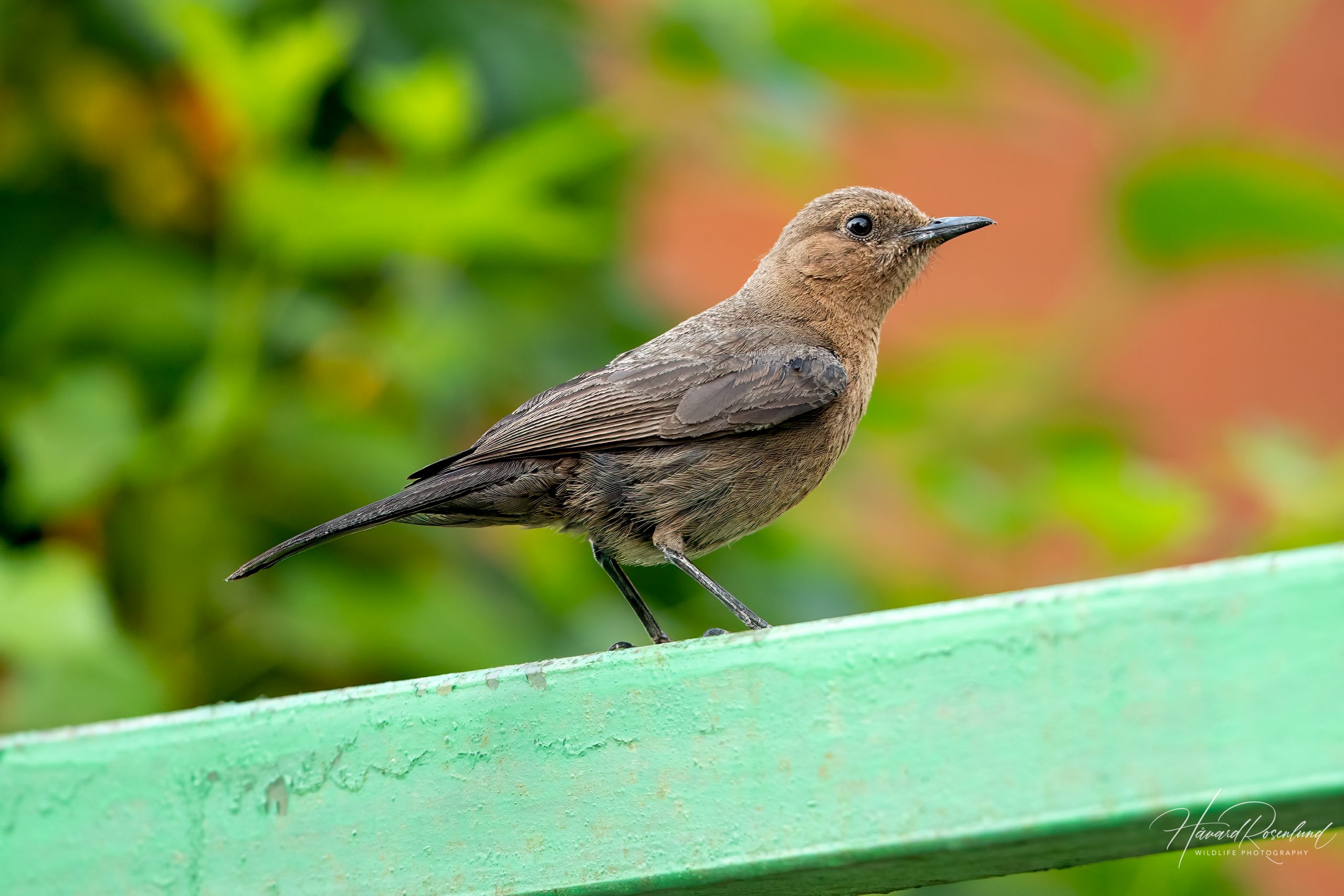Brown Rock Chat
(Oenanthe fusca)
Description
The brown rock chat (Oenanthe fusca), also known as the Indian chat, is a small passerine bird native to the Indian subcontinent. It is most commonly found in central and northern India but has a range that extends into Pakistan. This species typically measures about 17 cm (7 in) in length, with a wingspan of approximately 25 cm (10 in). The bird is predominantly brown, with darker wings and tail feathers, making it well-camouflaged against rocky and earthy environments. Males and females are similar in appearance. The brown rock chat is similar to the female Indian robin (Copsychus fulicatus), but can be distinguished by its stronger bill, shorter tail, and lack of chestnut vent.
Diet & habitat
The brown rock chat is typically found in arid and semi-arid regions, including scrublands, rocky outcrops, and urban areas. It is particularly associated with human habitation, often seen around old buildings, ruins, and even in bustling cities where suitable nesting sites are available.
This species feeds primarily on insects, which it catches by foraging on the ground or by making short, fluttering flights to catch prey mid-air. Its diet mainly consists of ants, beetles, and other small invertebrates. The brown rock chat is also known to consume small fruits and seeds occasionally, supplementing its insect-based diet when necessary.
Nesting
The breeding season for the brown rock chat typically spans from March to August, coinciding with the pre-monsoon and early monsoon periods in India. The species is monogamous, with pairs often seen defending their territory together. Nests are built in crevices, holes in walls, or other sheltered spots, often within human-made structures. The nest is an untidy cup made of grass, leaves, and other plant materials, lined with softer substances like feathers or wool.
The female lays 3–5 eggs, which are pale bluish-green with reddish-brown spots. She incubates the eggs for about 12–14 days, during which the male may bring her food. After hatching, both parents are involved in feeding the chicks, which fledge approximately 14–16 days after hatching. The brown rock chat is known for its fearless nature, often nesting in busy areas with little regard for human activity.
Status
The brown rock chat is classified as a species of least concern by the IUCN. The species has adapted well to urban environments, which has helped it maintain a stable population despite habitat changes. However, continued urbanization and changes in building practices could pose future challenges if traditional nesting sites become scarce.





